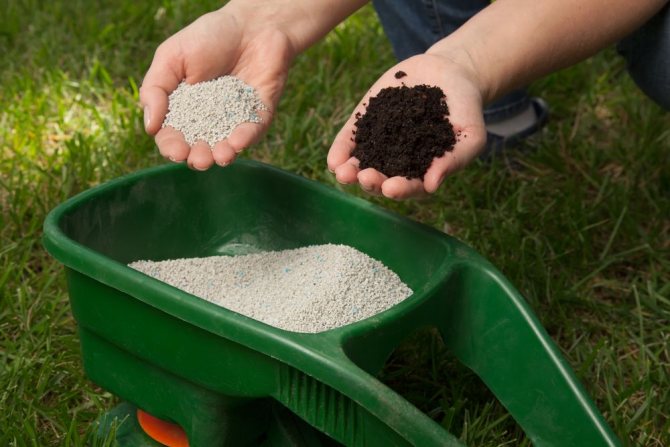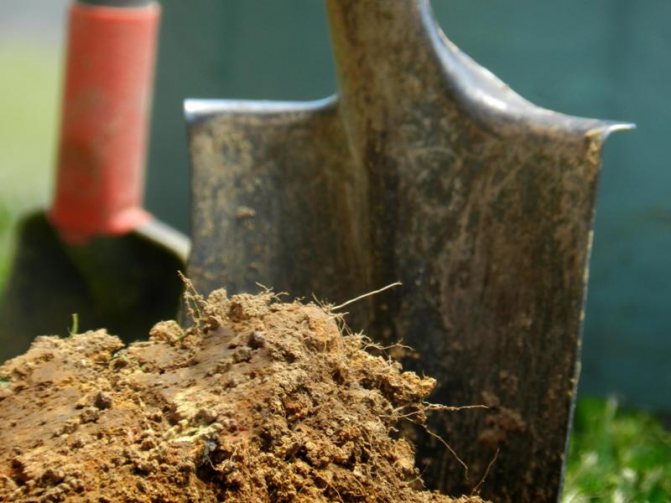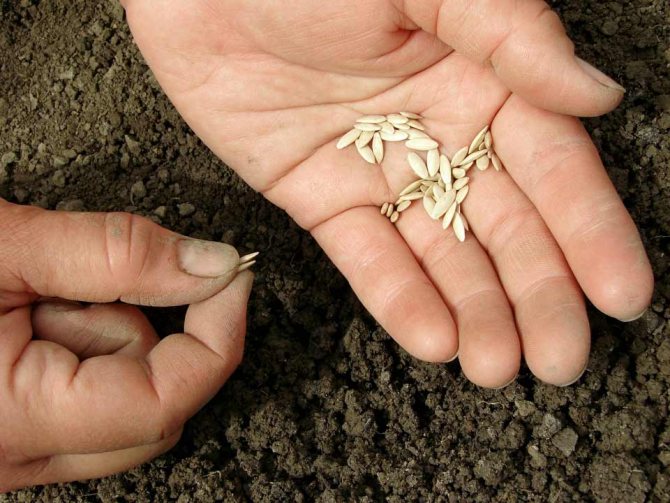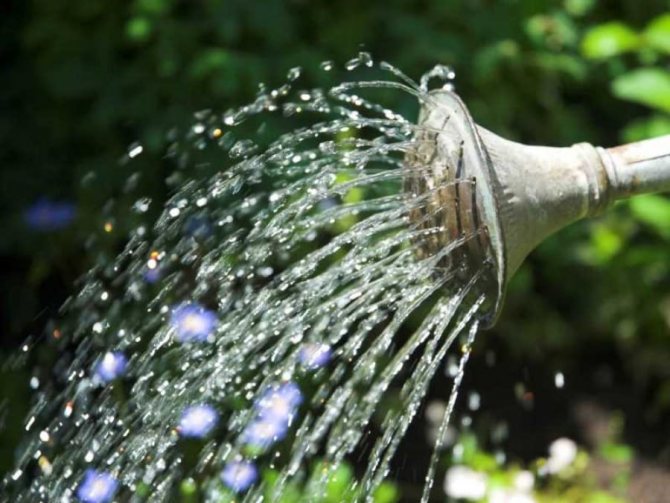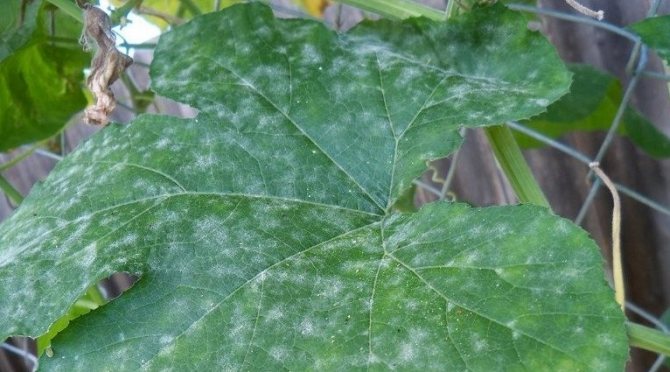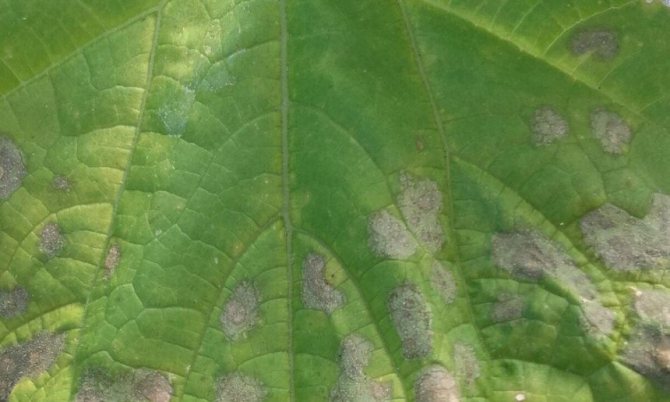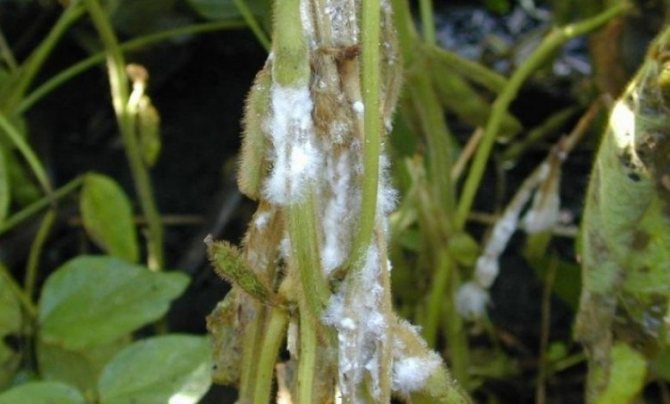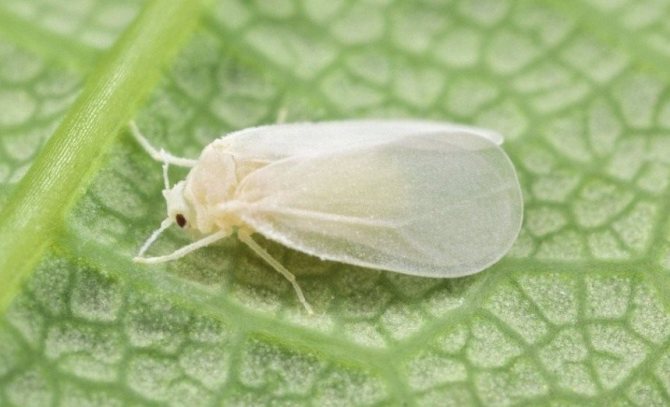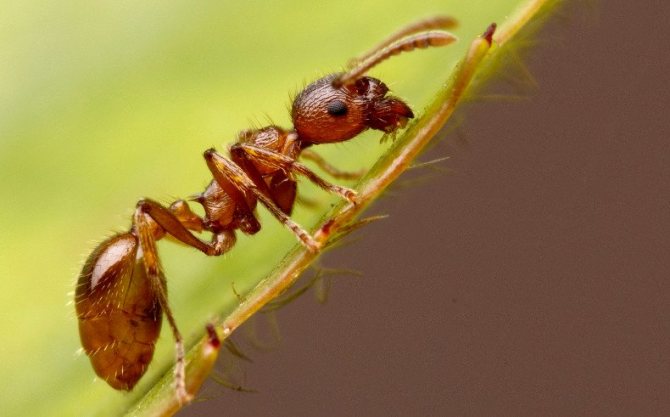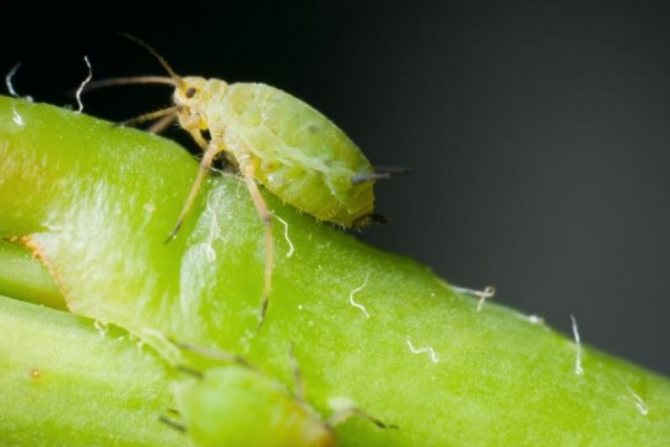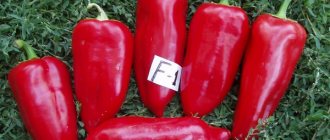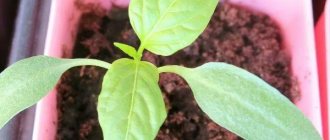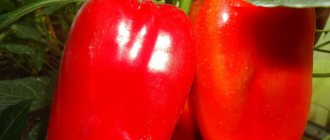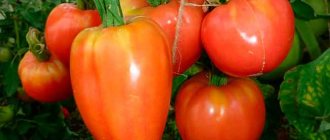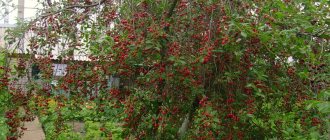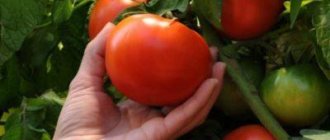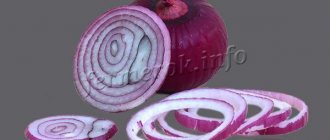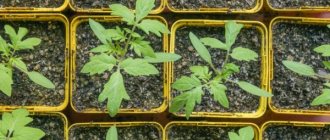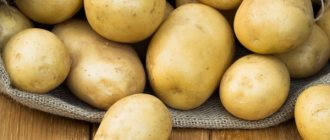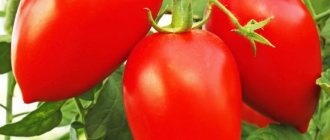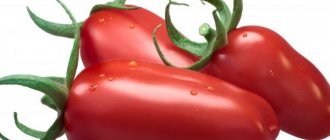Description of cucumbers Cupid F1
Cupid F1 is an ultra early maturing hybrid developed by Dutch breeders. Designation F1 indicates belonging to hybrids in the first generation. Cucumber Cupid F1 possesses all the best characteristics of its related varieties, while surpassing them in yield and resistance to diseases. The registration of the hybrid in Russia was carried out in 2000.
According to reviews of those who planted, the yield cucumber cupid F1 is 11 kg / sq. The result is influenced by the nature of the weather, the area of cultivation, and the place of cultivation (in the open field or greenhouse), etc.
Due to the early maturity, the crop can be planted twice per season. For successful cultivation of a hybrid, sometimes even a balcony or a windowsill is chosen. Harvest grade “home” conditions are perfect, where he also has good results.
Plant
Bush cucumber cupid F1 differs in the following features:
- powerful and tall;
- it branches little, while being able to manage this process itself, due to which it does not need to be formed;
- has strong branches that do not break even heavy fruits;
- the presence of pubescent green leaves of medium size, with smooth edges;
- one knot can contain about 8 ovaries.
Important! Cupid F1 belongs to the parthenocarpic species, is distinguished by a female type of flowering and needs pollination by bees. It follows from this that next to the hybrid it is required to grow pollinating varieties (for example, Gladiator, Hercules). Otherwise, the plant, despite the large number of flowers, will have few fruits.
Fruit
Hybrid Amur F1 has an amazing property even for seasoned gardeners - the ability of fruits to form and ripen for a period from 37 to 45 days after the first shoots appear, which is explained by the ultra early ripening type of these cucumbers. Ripening of numerous fruits occurs simultaneously, one node includes about 8 cucumbers.
Hybrid fruit Amur F1 differ:
- dark green, rich skin color, including white lines;
- tuberous, abundantly pubescent surface, containing frequent thorns;
- oval, spindle-like shape;
- crispy flesh that lacks bitterness;
- weighing an average of 90 g;
- with an average length of 8 to 10 cm.
Attention! Often, describing the fruits of the Amur F1 variety, they are called "gherkins", which is due to the size of the cucumbers, which often does not exceed 9 cm. But some summer residents claim that their length can reach 15 cm. Therefore, those who prefer to use small cucumbers are recommended to collect harvest at least two to three times a week.
Top dressing
The high yield and early maturity, laid in the Amur hybrid, cause a large load on the soil, very quickly depleting it. Already at the stage of growing seedlings, it is important to bring the soil composition closer to the ideal one for cucumbers. For the formation of a soil mixture, humus, peat, forest soil and sand, mixed in equal parts, are suitable. For 10 liters of such a composition, it is useful to add a tablespoon of nitroammophoska and 3-4 tablespoons of ash.
Such a mixture will cover the needs of the demanding Cupid in the first 2-3 weeks. After the appearance of 3-4 leaves, watering with liquid dressings begins, alternating potash and nitrogen every 10-14 days.The soil for a permanent place for growing cucumbers of the Amur f1 variety is prepared in the fall. Dig up the soil and add superphosphate. In the spring, before planting seedlings, wood ash and rotted manure are poured into the soil. Cucumbers respond well to mulching after planting with chopped peat and sawdust.
Without timely feeding, such a demanding variety as Cupid f1 will not give those amazing results, reviews about which you can often hear from vegetable growers.
Three stages of development can be distinguished, requiring several feeding regimes:
- rapid development and growth of the bush: nitrogen and potash fertilizers;
- flowering and ovary: phosphorus and potash fertilizing;
- fruiting: complex fertilizers, including potassium and nitrogen.
Photo
Advantages and disadvantages of a hybrid
Hybrid advantages Amur F1 are in:
- pleasant taste and good appearance of fruits that grow even, dense and uniform;
- unpretentiousness, since plants do not need anxious care and special conditions, however, basic agricultural technology is still necessary: watering, loosening, mulching the soil, feeding, weeding;
- a high percentage of seed germination;
- good growth and early flowering cucumbers;
- resistance to temperature extremes, despite the fact that this hybrid is cold-resistant, it is not afraid of hot weather;
- long-term fruiting and abundant productivity;
- good transportability and long-term keeping quality, the fruits retain their external advantages and taste for several days, they do not tend to turn yellow, which allows them to be transported over a long distance;
- excellent commercial characteristics, it is not difficult to collect a lot of fruits for sale, since they ripen at the same time;
- resistance to diseases such as cladosporiosis, cucumber mosaic, root rot, powdery mildew (as well as downy mildew), etc.;
- the ability of a hybrid to grow in almost any region.
The disadvantages are:
- a feature of the lower nodes of the plant, which can contain only 1 fruit, while the upper nodes most often form bundles of 3-4 pieces;
- thick skin cucumbers;
- deterioration of taste during canning, with the exception of lightly salted cucumbers.
Attention! Another feature of the Amur F1 hybrid is a quick yield during fruiting (within the first month).
Bush formation
The manufacturer indicates that the Amur cucumber hybrid has a small branching of the bush. But this does not mean that one should forget about the formation of the plant. When planting seedlings in open ground, sprinkle almost the entire sprout with earth. This will help form a powerful root system. It is important not to disturb the earthen root ball during transplanting seedlings. One of the best options would be to plant it in peat cups.
If the cucumbers are sown immediately to a permanent place, after the appearance of the fourth leaf, high hilling should be carried out. Important! A bountiful harvest is possible only on a powerful plant with a well-developed root system, therefore Amur f1 variety requires the formation of a bush. To get a high yield, you need to allow a strong bush to develop.
Features of growing varieties
Purchased in stores the seeds hybrid Amur F1specially processed and have a colored shell. They do not need soaking and germination.
The emergence of seedlings occurs quickly enough and almost simultaneously. This early grade it is recommended to sow in a seedless way, having previously determined the permanent place of its cultivation.
The optimal sowing time is 14 days before the end of frost in this area. The bed should be protected from the cold with a temporary shelter, which is formed by a film or agrofiber stretched over arcs. The holes can be covered with halves of plastic bottles.
If there is no desire or opportunity to use a greenhouse or greenhouse, which should be regularly ventilated, sow the seeds a hybrid in open ground is necessary at the end of the frost. Sowing deadline cucumber cupid F1 is mid-June for Siberia and central Russia, early July - for the southern regions.
Several options for sowing a hybrid are recommended by breeders Amur F1:
- Greenhouse. The maximum number of plants is 3 per 1 sq. The soil is dug up in advance and fed with a bucket of humus and a glass of wood ash;
- Open ground. The maximum number of plants is 4-5 per 1 sq. Feed the soil, as in the first case;
- Compost heap placed in a box, bag, barrel. Natural garbage is placed in the container: weeds, fallen leaves, household waste, twigs, etc. All this is covered with a layer of soil from the site to which humus or compost is added, the proportion of components is 1 to 1. A standard 200-liter barrel holds about 3-4 hybrid plants, the bag fits 1 or 2.
When growing a hybrid Amur F1 vertical supports should be used to tie the strings. For planting plants, it is recommended to use high containers so that they hang down freely. Although grade is resistant to various diseases, if, when grown by spreading, the stem lies on moist soil, cucumbers can get sick with peronosporosis, a sign of which is the appearance of spots on the leaves. It causes fruit to rot, which in turn attracts slugs.
The hybrid does not require complex maintenance. Intense fruiting occurs within 4 weeks. At this time, there is a need for abundant watering. On hot days, about 20 l / sq. M should be poured daily. water, it is good to use the method of sprinkling. Plants need 2-3 additional fertilizing with the obligatory use of complex fertilizers. The first is done when flowers begin to appear, after which an interval of 7-10 days is observed. It is recommended to use special ready-made mixtures for cucumbers, containing micro- and macroelements in an optimal ratio, which can be purchased in stores (Agricola, BioHumus, Zdraven, Fertika, etc.).
A good alternative for feeding is the use of fermented nettle infusion, for which you can also take various weeds. During the growth of the grass, it is saturated with nutrients from the soil. Infusion and fermentation allow you to give the beneficial components to the water. When the smell and appearance of the infusion becomes similar to slurry, it is diluted with water, observing a ratio of 1 to 5. Then, 1.5-2 liters of the product are poured under each bush.
To extend the fruiting period of the hybrid Amur F1 up to two months, when growing it, the conveyor method or planting in two waves is used, when for the first sowing, for example, mid-May is chosen, and for the second - mid-June.
Care
Cucumber Cupid requires:
- watering;
- weeding;
- loosening the soil;
- top dressing;
- mulching (peat, rotten sawdust);
- preventive spraying against diseases and pests.
Watering once every 3-4 days (with fruiting - more often) in the morning or in the evening. The water temperature is approximately 20-25 ° С. Water consumption - 25-30 liters per 1 m2. The irrigation rate is influenced by weather conditions - in the heat, the number of irrigations should be increased.
14 days after planting cucumber seedlings, fertilizers must be applied to the soil: for every 4 m², 10 g of potassium salt, superphosphate and ammonium nitrate per 10 liters of water.
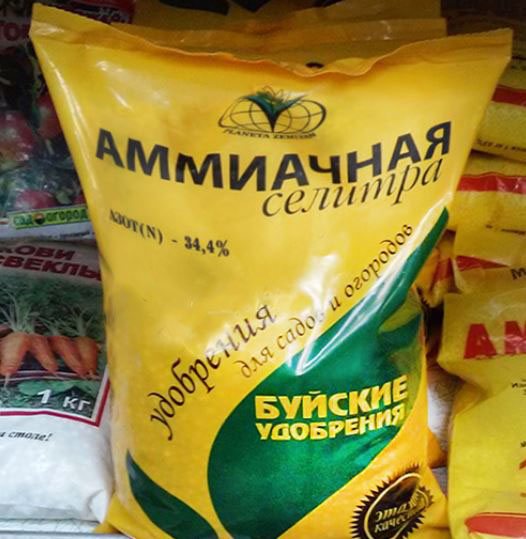
14 days after the previous top dressing, it is necessary to apply fertilizers to the soil: for every 4 m², 20 g of potassium salt, superphosphate and ammonium nitrate per 10 liters of water.
During the fruiting period, it is also necessary to fertilize: for every 4 m², 30 g of potassium sulfate per 10 liters of water.
During the growing season, it is also recommended to feed with wood ash, infusion of nettle leaves, fermented mullein.
Do you choose the Amur f1 cucumber variety?
Yes! No, another grade
Application
Choosing a hybrid Amur F1, you should evaluate your ability to quickly process a large number of fruits. About 3-4 kg grows on one bush within a month cucumbers, which is about 30-40 pcs. Therefore, 10 bushes give from 300 to 400 fruits, etc. Harvested every 2-3 days at least 1 time. You should inspect the bushes carefully, it is preferable to pick even small ones cucumbers, than accidentally overexposing them in the garden, as in this case they will outgrow, and their skin will become rough.
This variety tolerates storage and transportation well, so it is often grown for sale. It is best suited for salad preparation or direct consumption, immediately after being plucked. Unused fruits can be refrigerated for about a week. They differ in good taste cucumbers in a light-salted form, sometimes they are canned for the winter, used to prepare snacks, pickle, hodgepodge, okroshka. The fruits are frozen whole, and when the need arises, they are taken out and grated, adding to soups, pizzas and other dishes.
Storage
During the harvest, it is not recommended to pick off too small fruits (they have not reached the marketable state). The optimal fruit size is medium.
The cucumber tolerates transportation and storage in plastic bags, and is resistant to mold.
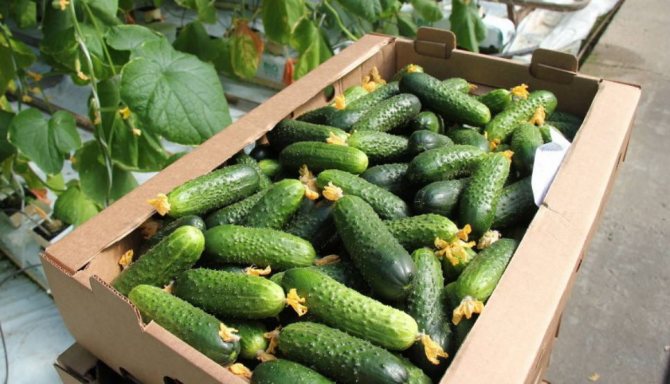

Store fruits (without loss of presentation):
- in a room with moderate humidity and an air temperature of 3-7 ° C (up to 10 days);
- in the refrigerator (up to 2 weeks);
- in a cellar with an air temperature of 7-10 ° C and an air humidity of 85-95%.
Wash fruits only before consumption or processing.

